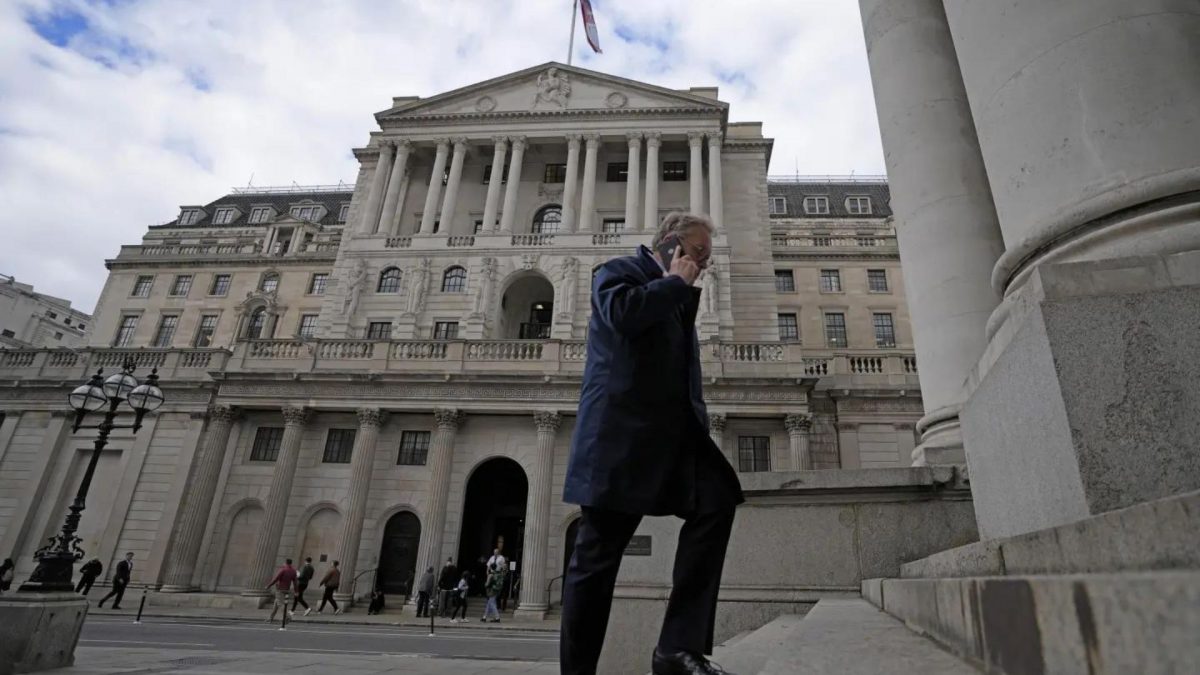The Bank of England (BOE) implemented its first interest rate cut of 2025 on Thursday (February 6). It brought down its benchmark interest rate by 25 basis points to 4.5 per cent.
The decision was supported by a majority of seven out of the nine members of the monetary policy committee.
The central bank’s move signalled a return to monetary easing due to ongoing concerns about sluggish growth in the British economy.
“We’ll be monitoring the UK economy and global developments very closely and taking a gradual and careful approach to reducing rates further,” governor Andrew Bailey said following the decision.
Unsurprising rate cut after disappointing economic data
Economists had largely expected this rate cut due to the UK’s poor growth data in recent times.
In the July to September quarter (Q3) in the UK, the economy showed no growth, underperforming even the 0.1 per cent expectation. In October 2024, the monthly GDP reading showed that the economy had shrunk by 0.1 per cent. The next month, the economy made up for that, expanding a measly 0.1 per cent.
Britain’s inflation rate dropped to a lower-than-expected 2.5 per cent in December, with core price growth also slowing. This has increased expectations that central bank policymakers may begin their first rate cut in 2025. The central bank’s inflation target is 2 per cent.
Weak retail data released in January 2025 had further fuelled expectations that the BOE would cut rates.
UK’s Growth forecast slashed
Following the announcement of the interest rate cut, BOE also said that it was slashing its UK growth estimate for 2025. The central bank halved its GDP forecast to 0.75 per cent.
This downward revision was attributed to global risks amid US tariff threats and deteriorating business confidence in the UK.
Policymakers pointed to “increased uncertainty around both the UK and global economic outlooks”, according to minutes of their latest rate-setting meeting.
Impact Shorts
More ShortsWith inputs from agencies


)

)
)
)
)
)
)
)
)



